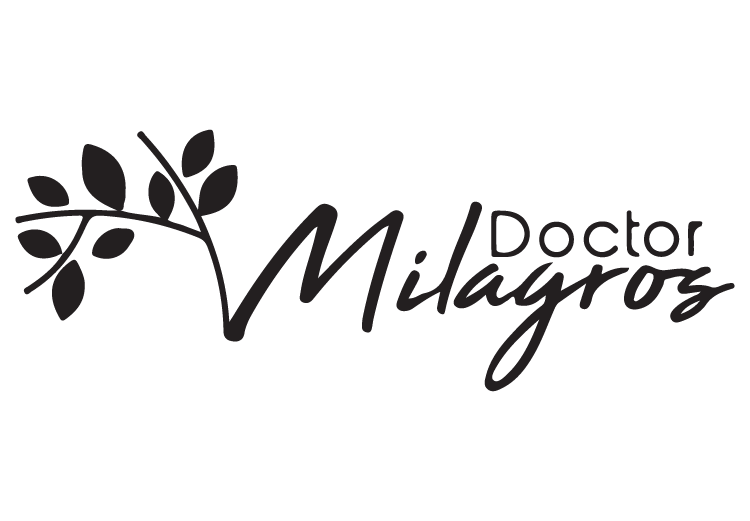health, Medicine, TESCosmetics
A Brief History of Women in Medicine
A Brief History of Women in Medicine
September is Women in Medicine Month
Each September, the AMA Women Physicians Section (WPS) honors physicians who have offered their time, wisdom and support to advance women with careers in medicine. The AMA is the American Medical Association and it promotes the art and science of medicine and the betterment of public health. The AMA recognizes that gender inequity in medicine is a complex issue that requires a multilayered approach. Traditionally, women in history have served as caregivers however it wasn’t until more recently that women began to hold formal positions as medical practitioners. Historical records indicate that the first female physician was Metrodora, a Greek doctor around 200-400 CE. Ancient Egyptian records show several women working as physicians, for example Meit Ptah of 2700 BCE or Peseshet of 2600 BCE. In Medieval Europe, women were generally only permitted to work as healers if they were nuns. In American medical history, Elizabeth Blackwell was the first woman to receive a medical degree. Male physicians discouraged her from following her dream of becoming a doctor, however, although she was denied entry to all but one medical university, the Geneva Medical College of NY, she continued on. Elizabeth was not well received, and was treated with disdain by fellow students and teachers. Despite the challenges, Blackwell continue her studies, and she received her MD in 1849. She went on to open a clinic that became the New York Dispensary for Poor Women and Children, along with her sister Emily and Dr. Marie Zakrzewska. This institution gave other aspiring female physicians and nurses training in the practical skills they needed – an opportunity denied them by the traditionally male medical establishment. Since Blackwell’s historic accomplishment, women’s representation in the field of medicine continues to rise. Antonia Novello also made history by being named the first female Surgeon General of the U.S. Since Novello, two other women have served in this position— Jocelyn Elders and Regina Benjamin. Despite the advancements made by women, a gender gap still exists. Although 48% of medical school graduates are women, they only make up 34.3% of all physicians and surgeons, and 15.9% of medical school deans. And so, the American Medical Association celebrates Women in Medicine every September to promote awareness and advocate for equity for the women in the field of medicine. As a woman in medicine, and one who had to go against the grain of my own culture and family ideologies in order to accomplish my career goals, I will always advocate for gender equity in the field of medicine.Follow the links below for more information:
https://www.uab.edu/medicine/diversity/initiatives/women/historyhttps://www.americanprogress.org/issues/women/reports/2014/03/07/85457/fact-sheet-the-womens-leadership-gap/
https://www.ama-assn.org/member-groups-sections/women-physicians/women-medicine


